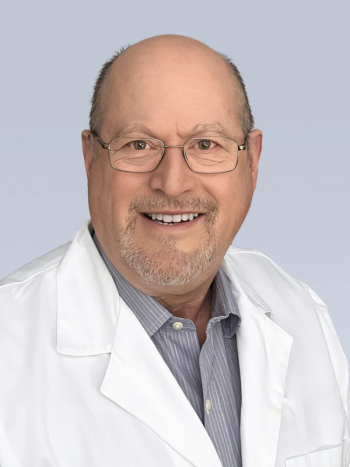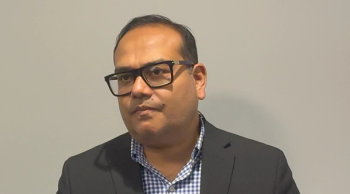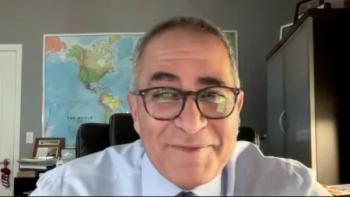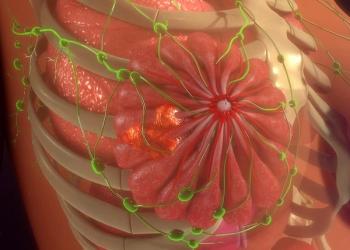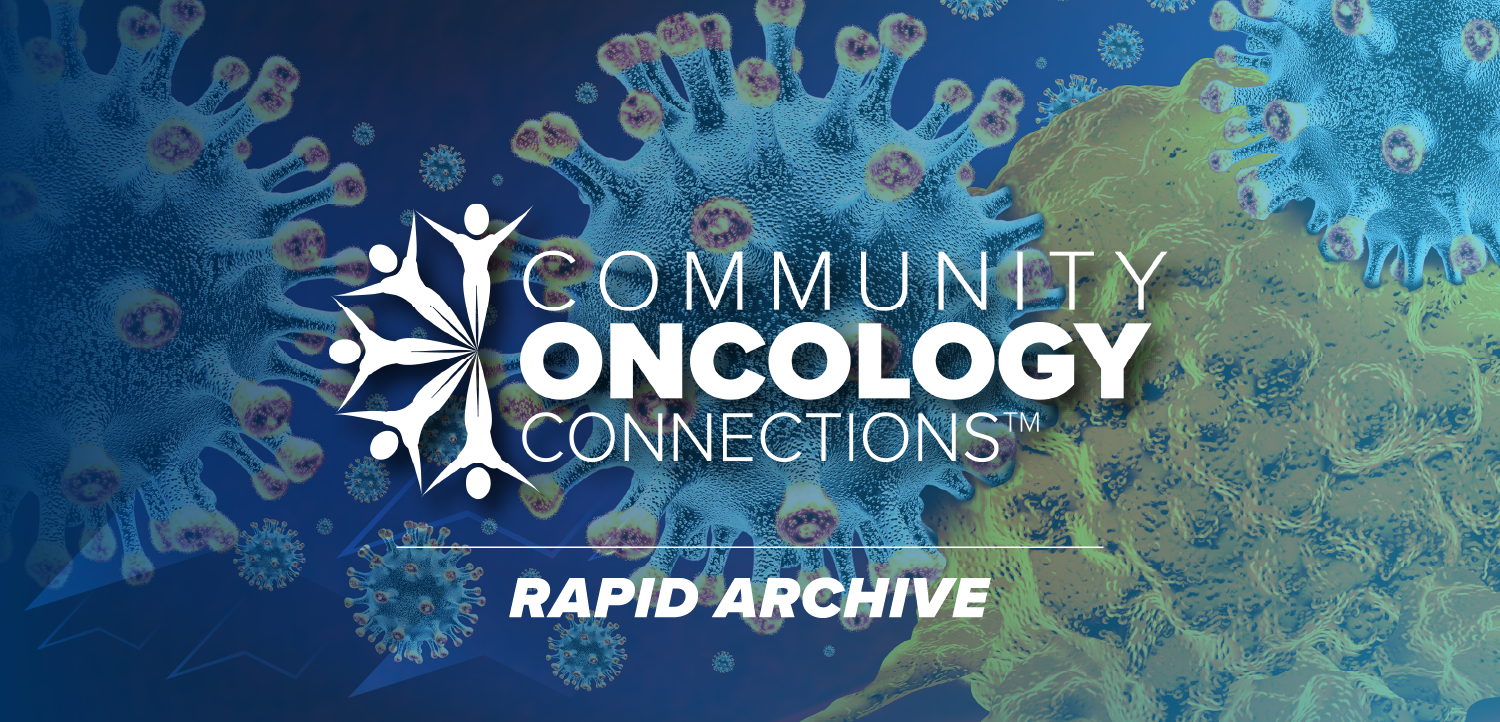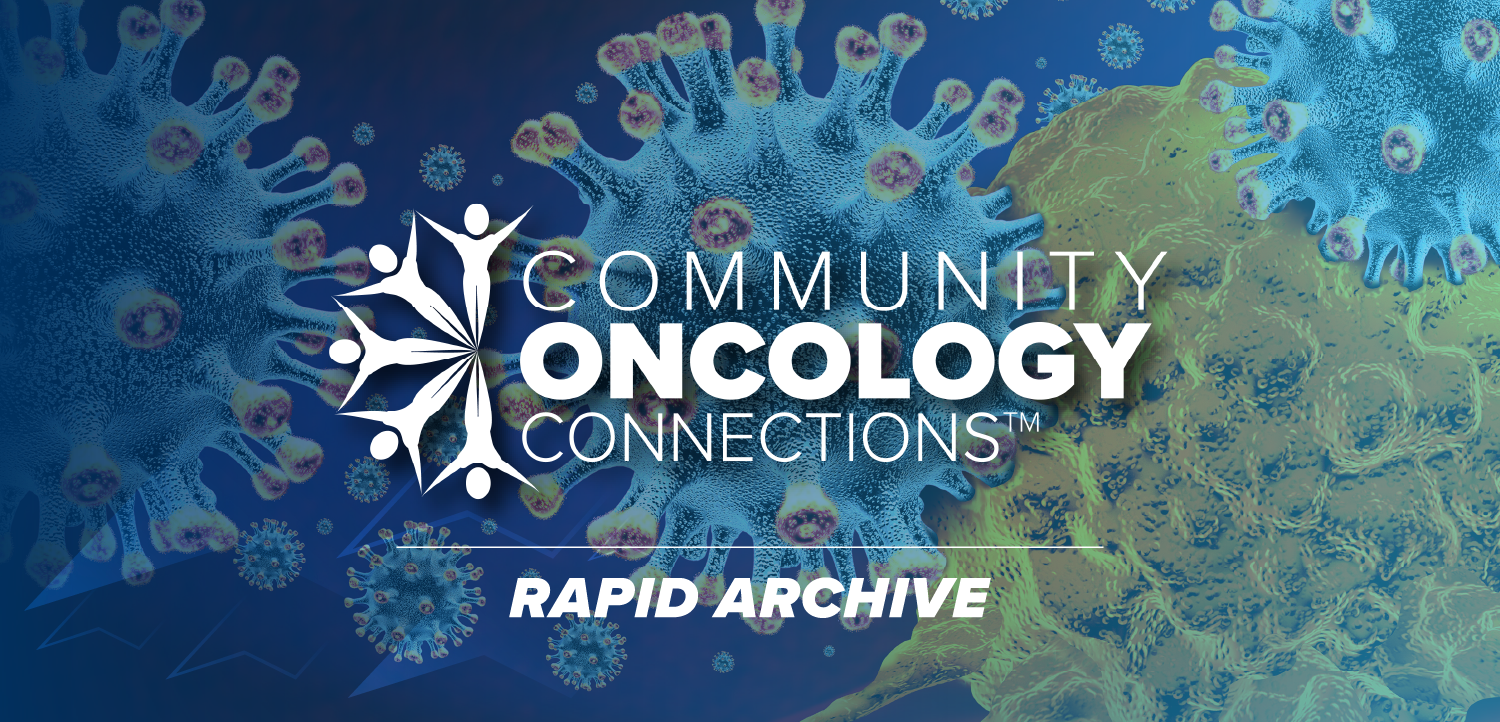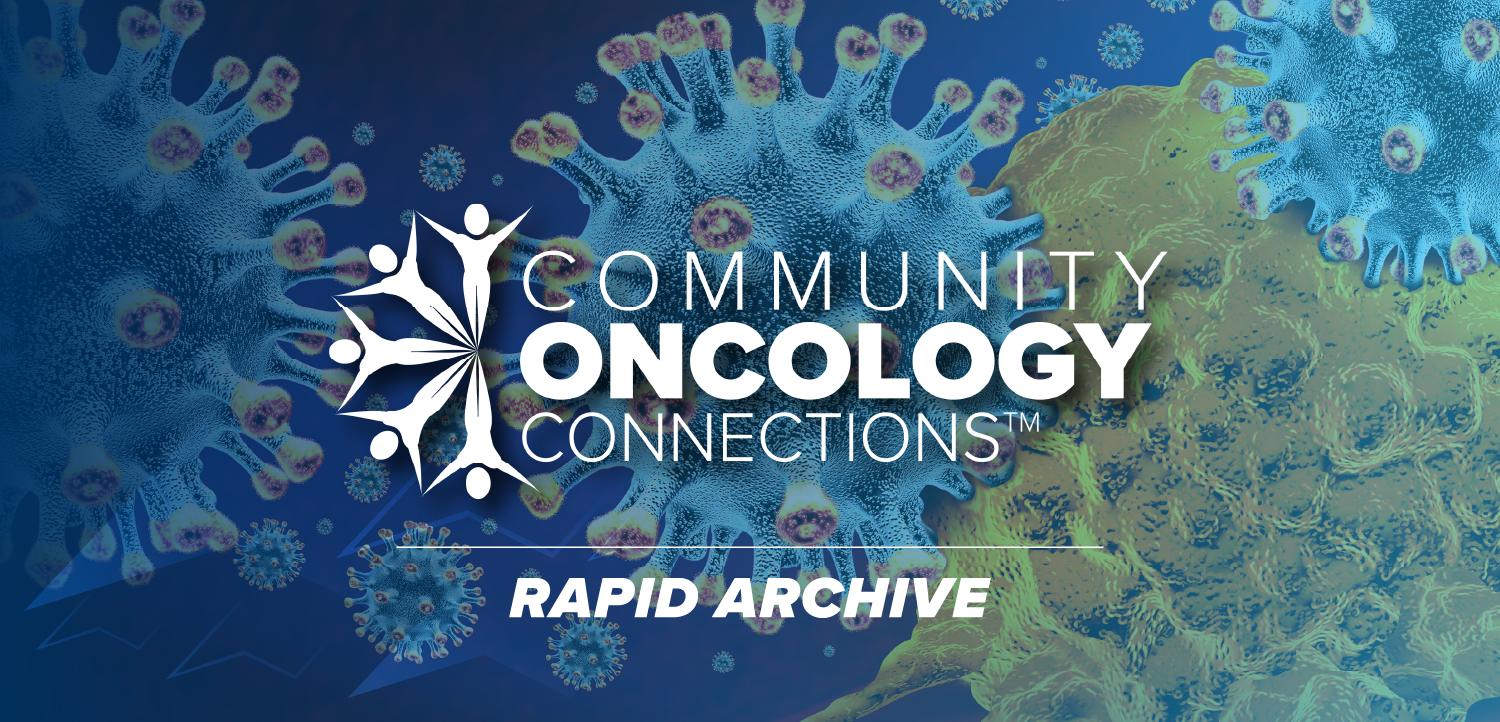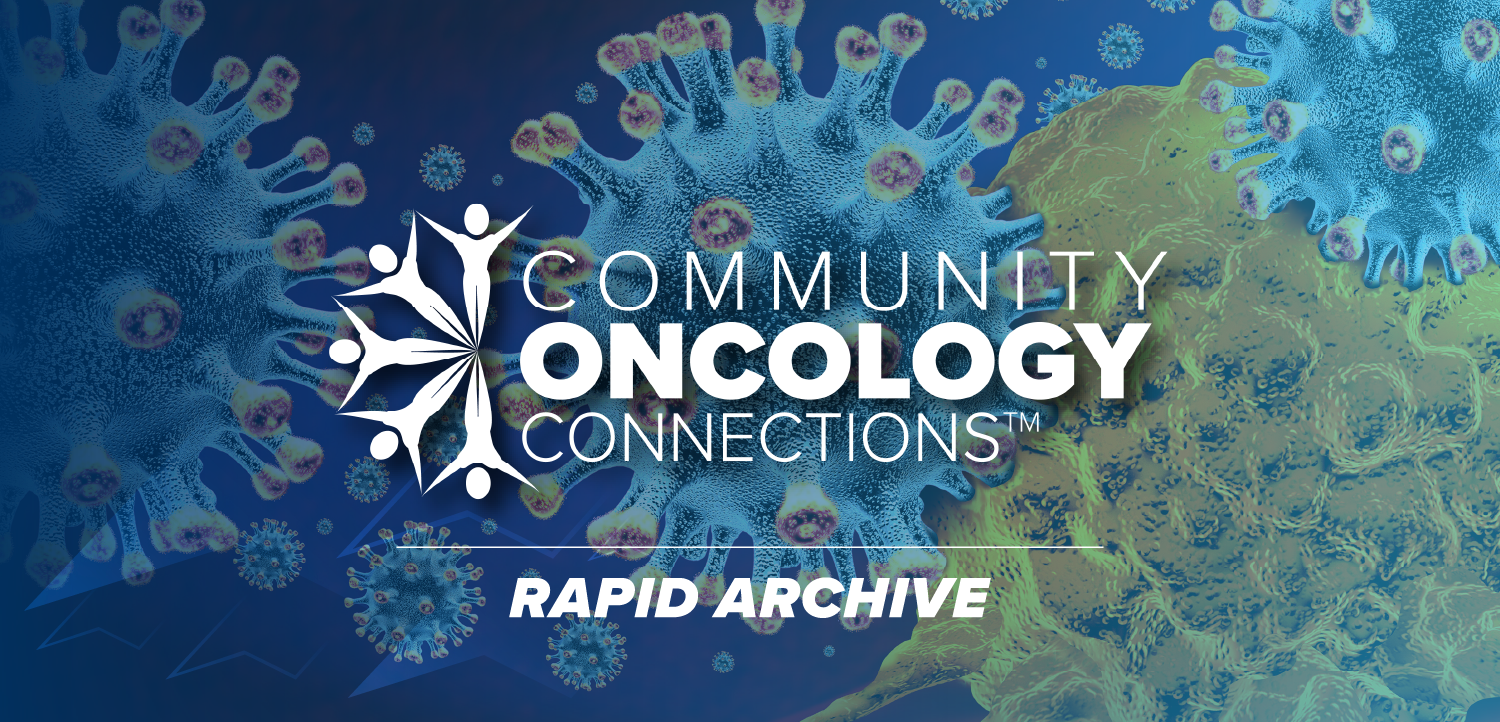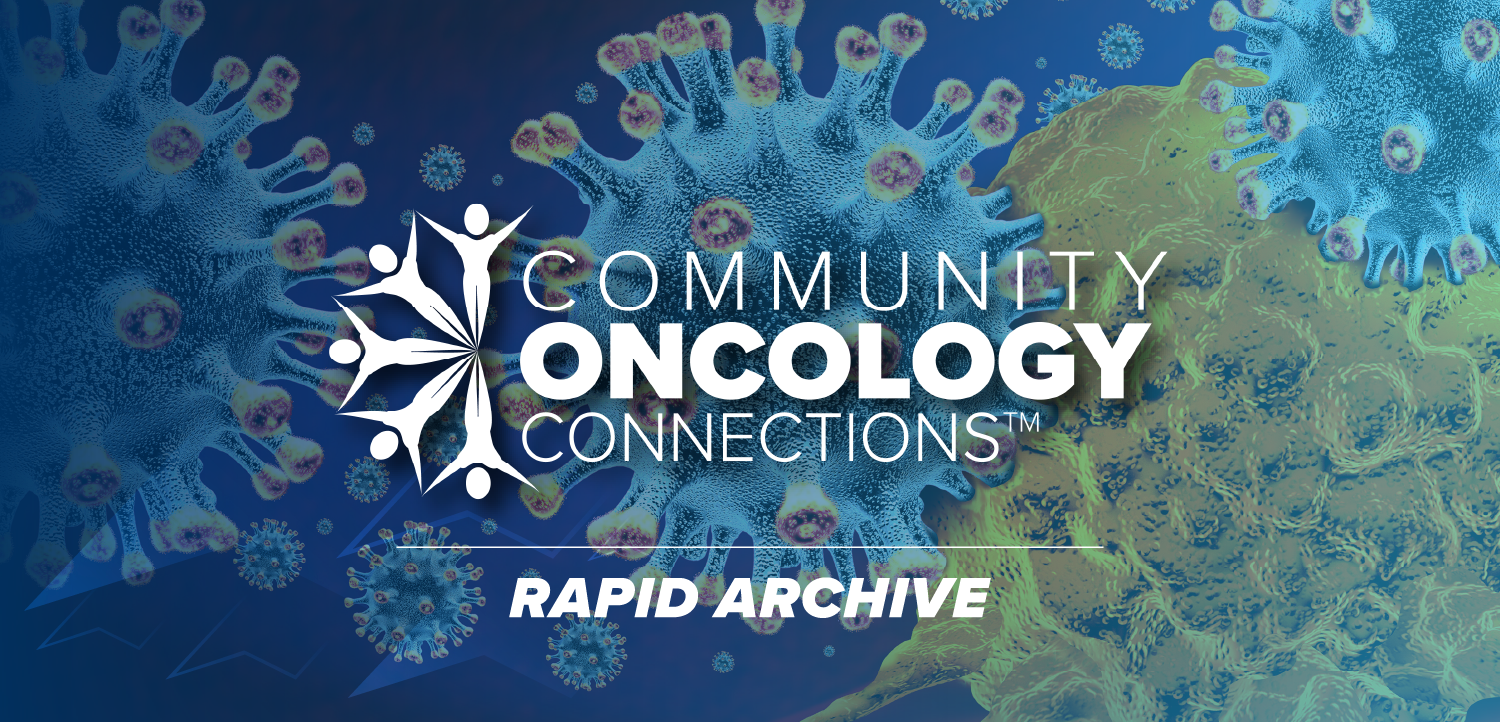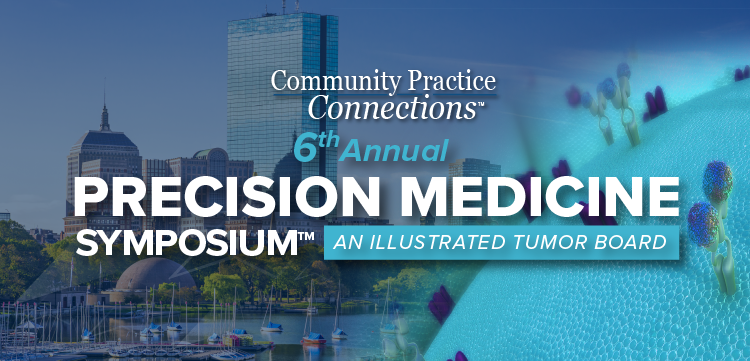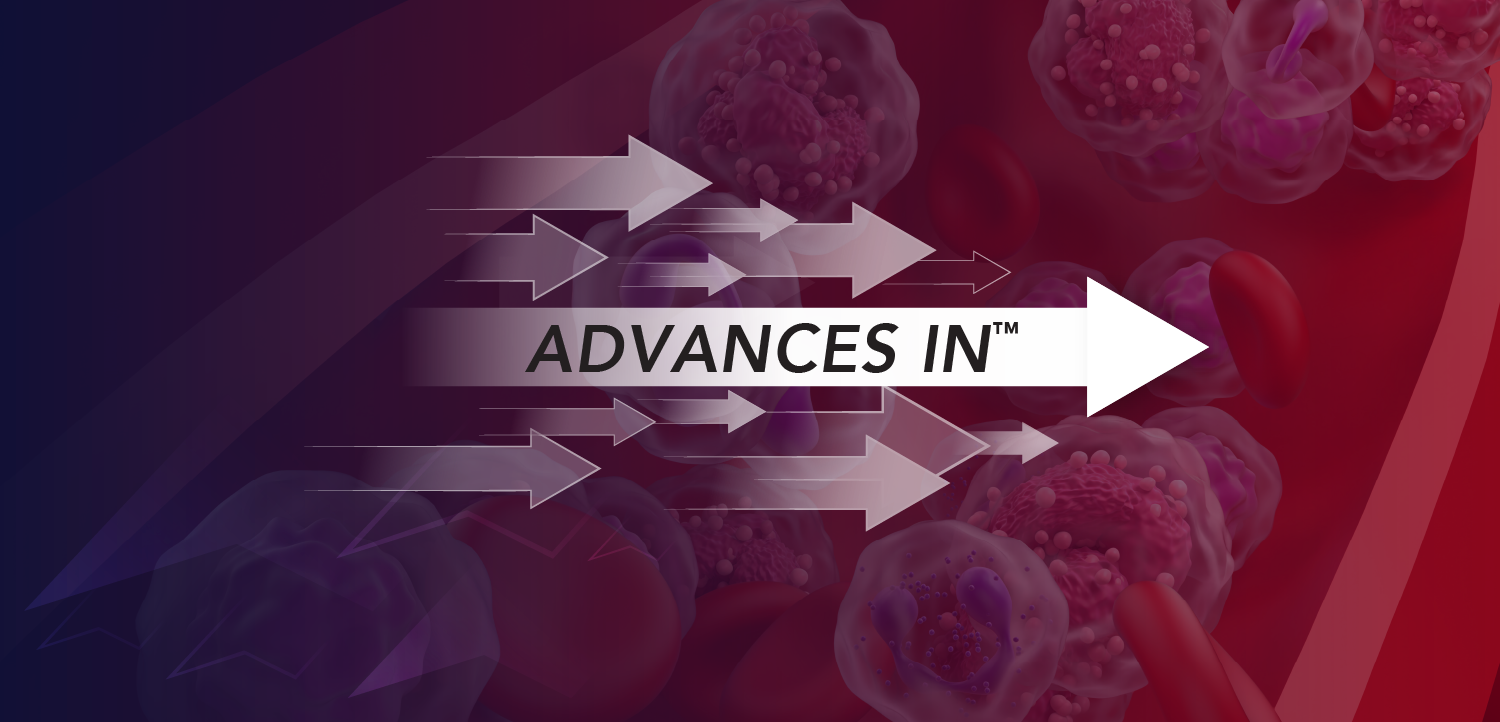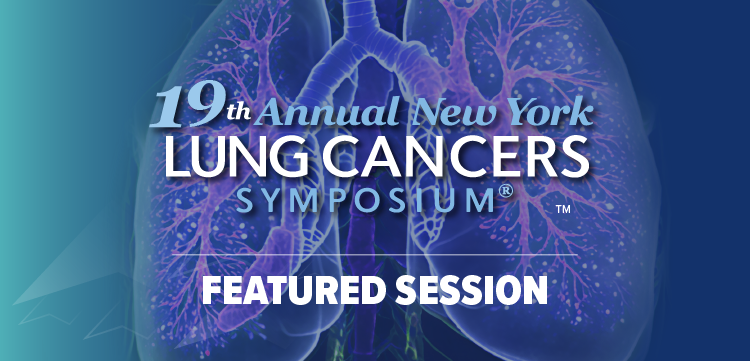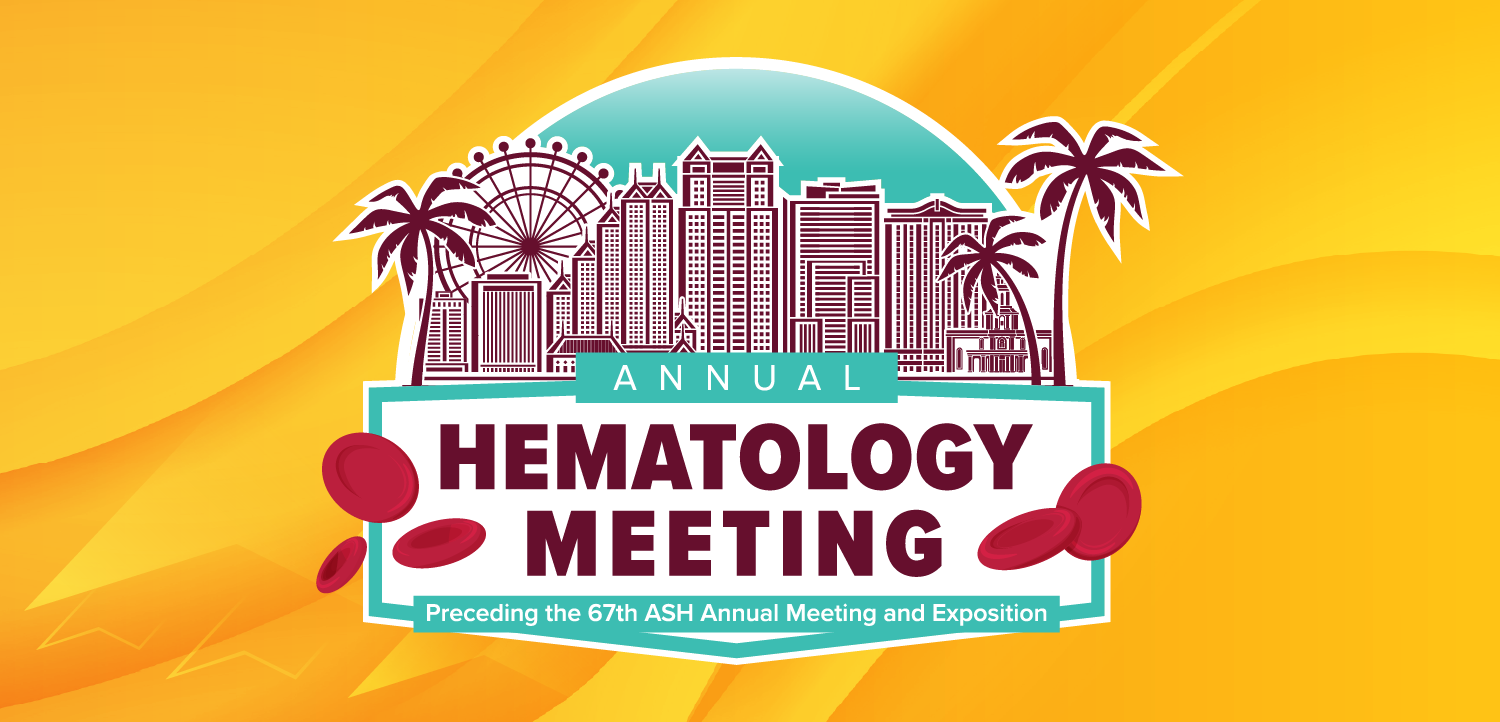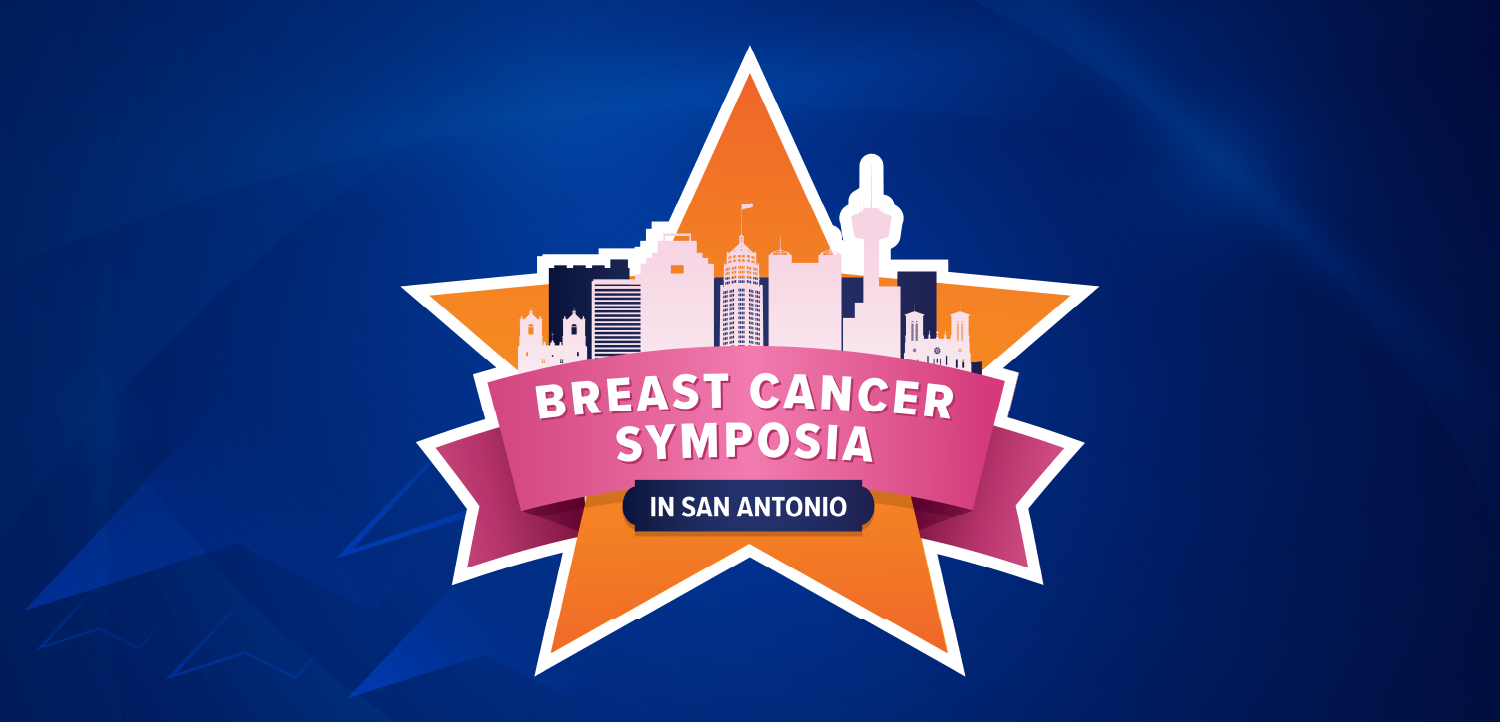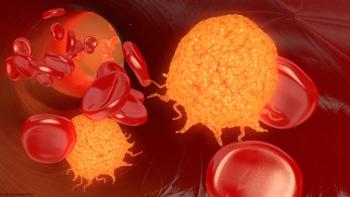
Promising Trials May Have an Impact in the Brain Tumor Environment
Frances Chow, MD, and Elizabeth Ren Zhang-Velten, MD, PhD, spoke about several facets of the current brain tumor landscape, including targeted therapies.
Frances Chow, MD, and Elizabeth Ren Zhang-Velten, MD, PhD, spoke with CancerNetwork® about several promising, ongoing trials in the realm of brain cancer during a conversation on the general environment of neuro-oncology.
One area of focus, according to Zhang-Velten, is brain metastases, where new targeted systemic therapies like osimertinib (Tagrisso) have demonstrated promising results. The NRG-NB012 trial (NCT05438212) evaluating the addition of stereotactic radiotherapy before or after surgery in patients with active brain metastases, for example, is one that she expressed interest in.1
There is also an ongoing search to find newer, more optimized methods of treatment. Chow referenced attempts at combining immunotherapies with various modalities of treatment like checkpoint inhibitors and radiation. She also spoke to 2 other forms of treatment actively being investigated in clinical trials: an aerosolized medicine, perillyl alcohol (NEO100)—which is inhaled directly through the nose into the brain—in both meningioma (NCT05023018) and grade III or IV IDH-mutant glioma (NCT02704858), and an individualized vaccine treatment that takes tissue from the patient’s tumor and uses it to cure the disease being investigated in a randomized phase 2b trial (NCT05685004).2-4
Chow is a neuro-oncologist at the University of Southern California (USC) Norris Comprehensive Cancer Center, part of Keck Medicine USC, and principal investigator for the National Cancer Institute’s Cancer Therapy Evaluation Program. Zhang-Velten is a radiation oncologist at Keck Medicine of USC.
CancerNetwork: Are there any specific areas of neuro-oncology that are seeing a lot of development?
Zhang-Velten: It’s an exciting time in terms of care for brain metastases. It used to be [the case] that someone with multiple brain metastases [received care on] the radiation oncologist’s turf because conventional chemotherapy may not cross the blood-brain barrier, which we can treat with radiation. Nowadays, we have some targeted systemic therapies that have good central nervous system penetrance; for instance, [we have] some good retrospective data for osimertinib…. Even radiation has gotten more focal, and now we don’t need to treat the whole brain. We can treat individual spots. If there’s a situation where we do feel we have to treat the whole brain, sometimes, we can spare the hippocampi in certain cases. And then in terms of [care] being a team sport, the patients with 1 metastasis or a metastasis that is causing a lot of symptoms can go for surgical resection. Currently, the role of preoperative vs postoperative stereotactic radiosurgery is being explored in the NRG-NB012 trial.
I’m really excited about the ongoing trial of preoperative vs postoperative stereotactic radiation because it’s a question I’m not sure about at this point. I hope that, with preoperative stereotactic radiation for brain metastases, we can see a lower risk of leptomeningeal disease being disseminated at time of surgery. That’s the idea, that maybe we can sterilize these [diseases] rather than having postoperative radiation be the cleanup crew. I look forward to seeing those data.
How do newer, simpler approaches to brain tumors fit into the treatment landscape?
Chow: In August 2024, there was a targeted therapy [vorasidenib; Voranigo] that was FDA-approved for low-grade IDH-mutant gliomas, including astrocytoma and oligodendroglioma.5 This had a huge impact on the field because the last time we had a therapy for gliomas that was specifically FDA-approved was around 2010; it’s been 15 to 20 years that we’ve been looking for something newer and innovative for our patients. These targeted therapies are better. They can penetrate the blood-brain barrier. They can get to the tumor cells, spare some of the healthy cells, some bone marrow, and some of the other organ toxicities that we’ve encountered, traditionally, with things like chemotherapy or radiation.
There’s been a lot of interest in immunotherapy for brain tumors. The only challenge is that brain tumors look a lot like the healthy brain. It can sometimes be challenging for the body to recognize what to attack and what not to attack. In the past, we tried [using] just 1 immunotherapy—like a checkpoint inhibitor—and there was some benefit, but it was not significant. [Then] we started to combine different modalities of treatment, whether it’s radiation plus immunotherapy or surgery plus immunotherapy. There’s a lot of hope that could give us an extra boost in terms of the potential benefit that we could see.
What are your thoughts on the trials investigating an aerosolized medicine in astrocytoma and meningioma?
Chow: In terms of the aerosolized medicine as a treatment for astrocytoma and meningioma, this was a therapy that was supported by one of our neurosurgeons at USC, [Tom Chen, MD, PhD]. He had this concept to aerosolize and deliver the drug directly from the nose to the brain. We’ve had former iterations of these clinical trials in the past. One was completed in patients with glioblastoma, and it showed that when they inhaled a molecule, it crossed the blood-brain barrier and was able to cause some cell damage.6 From that phase 1 study came these 2 additional studies, [with one] specifically looking at glioblastoma with IDH mutations. It’s a phase 2 trial, so we’re assessing efficacy and whether it can prolong patient survival. [The agent is also being assessed] in meningiomas because we unfortunately don’t have an FDA-approved systemic therapy for [meningiomas]. Once a meningioma grows, despite surgery and radiation, we’re struggling to look for things to slow it down. Several meningiomas grow at the base of the brain, right behind the nose, and you’d think, “Oh, if we could just get something right [in the nose], maybe we can make an impact on those tumors and help those patients.” Those are some very exciting and promising trials.
What are your thoughts on the trial investigating the efficacy of an individualized vaccine treatment in glioblastoma?
Chow: There is the TVAX vaccine, which is the individualized vaccine in glioblastoma, and the way that works is that we’re taking the patient’s tumor during their original surgery, and we are using that as a vaccine to train the body to recognize [the tumor] as the foreign thing to attack….Not only would we create that vaccine out of [the patient’s] own tumor, but we could then take out the immune cells, expand them, activate them, and then feed them back into [the patient]. It’s a 2-step process to boost their immune system, specifically against the tumor. It’s a very multidisciplinary and collaborative process, and we’re working with our neurosurgeons, our pathologists, and our radiation oncologists to coordinate all this treatment and to offer the best care that we can to the patients.
References
- Comparing the addition of radiation either before or after surgery for patients with brain metastases. ClinicalTrials.gov. Updated January 22, 2025. Accessed February 10, 2025. https://tinyurl.com/mv62jn9j
- NEO100 and high-grade meningioma. ClinicalTrials.gov. Updated October 15, 2024. Accessed February 10, 2025. https://tinyurl.com/e7axrrdw
- Safety and efficacy study in recurrent or progressive grade III or IV IDH1 mutated glioma. ClinicalTrials.gov. Updated December 9, 2024. Accessed February 10, 2025. https://tinyurl.com/mrzuhkpk
- Study of neoantigen-specific adoptive T cell therapy for newly diagnosed MGMT negative glioblastoma multiforme (GBM). ClinicalTrials.gov. Updated January 16, 2025. Accessed February 10, 2025. https://tinyurl.com/ycx3em5w
- FDA approves vorasidenib for Grade 2 astrocytoma or oligodendroglioma with a susceptible IDH1 or IDH2 mutation. News release. FDA. August 6, 2024. Accessed February 7, 2025. https://tinyurl.com/4mfkkcp
- Schönthal AH, Peereboom DM, Wagle N, et al. Phase I trial of intranasal NEO100, highly purified perillyl alcohol, in adult patients with recurrent glioblastoma. Neurooncol Adv. 2021;3(1):vdab005. doi:10.1093/noajnl/vdab005
Newsletter
Stay up to date on recent advances in the multidisciplinary approach to cancer.


